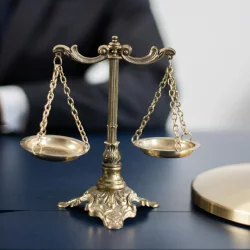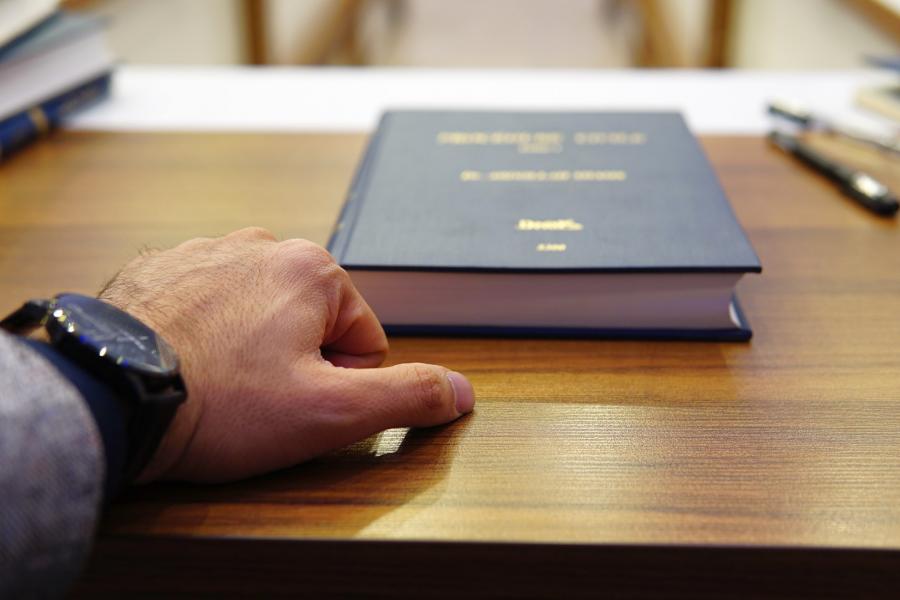How Do Medical Malpractice Lawyers Build Strong Cases?
When medical professionals make mistakes, the consequences can be devastating. In Columbus, OH, patients who experience negligence often struggle with worsening health conditions, mounting medical expenses, and emotional distress. However, proving malpractice isn’t simple—hospitals and insurance companies have teams of lawyers working to minimize liability. To build a successful claim, you need strong legal representation that understands both the medical and legal complexities of these cases.
That’s where medical malpractice lawyers from Cooper Elliott come in. These attorneys thoroughly investigate claims, consult medical experts, and gather critical evidence to prove negligence and strengthen your case. They know how to challenge healthcare providers and insurers who try to deny responsibility or downplay the harm caused. By crafting compelling legal arguments and advocating for maximum compensation, they help victims move forward with the justice they deserve. Let’s take a closer look at how skilled malpractice lawyers build strong cases for their clients.
Collecting Evidence
Building an argument starts with gathering evidence in legal cases involving medical malpractice issues. This involves lawyers meticulously collecting documents along with test outcomes and treatment strategies to piece together a timeline of events leading up to the alleged malpractice incident. Witness accounts are integral as they offer perspectives on the situation that unfolded. These personal recounts can enhance the storyline of the case and fortify the groundwork on which the argument is built.
Utilizing the Insights of Witnesses
In cases involving medical malpractice issues, on the table are witnesses who bring valuable insights to the table for lawyers seeking professional advice on the expected standard of care in such instances, as well as evaluate healthcare providers' actions to ascertain any deviations from accepted norms. These experts' testimonies not only establish credibility and expertise but also aid in simplifying intricate medical concepts for the court's understanding by blending legal and healthcare viewpoints seamlessly to bolster the case's foundation.
Exploring Medical Texts
Research in medicine plays a role in constructing a legal argumentation process. Jurists carefully examine research papers and guidelines to grasp the accepted practices within the healthcare sector. This data helps in determining the breach of responsibility in a scenario. By correlating the argument with established norms, lawyers can illustrate how the actions of healthcare professionals were inadequate. This correlation strengthens the effectiveness of their argument.
Illustrating Effect
Establishing causation plays a role in malpractice lawsuits, as professionals in the legal industry need to show a clear connection between healthcare providers' actions and patients' injuries. This link can be intricate and demands a thorough comprehension of medical practices and possible adverse outcomes. By scrutinizing the series of events that transpired, lawyers aim to prove a cause-and-effect correlation. This level of clarity is vital in persuading the court about the validity of the case.
Determining the Extent of Harm Caused
Assessing the severity of harm is a part of establishing an argument in court cases involving malpractice incidents. Lawyers review how the malpractice has affected the patient physically, emotionally, and financially. This assessment includes medical bills, lost income, and the pain and anguish experienced by the person. By valuing these losses, attorneys offer a full picture of the challenges their clients are dealing with. This detailed assessment plays an important role in discussions for settling cases or making arguments in legal proceedings.
Creating a Compelling Argument
Crafted and persuasive arguments play a role in swaying the court towards accepting the validity of a claim presented before them by lawyers who skillfully weave together facts and evidence along with opinions to create a compelling narrative that resonates with both judges and juries alike. The ability to communicate effectively is key in ensuring that the argument not only makes sense but also evokes emotion when needed, ultimately boosting the persuasiveness of the case and improving the chances of a positive outcome.
Navigating Settlement Agreements
In medical malpractice situations, settlements are reached through talks between attorneys and the opposing side, aiming to find a resolution that adequately compensates the injured party. Experienced negotiators use their knowledge of the case points to advocate for their clients. By presenting evidence and expert views, they build an argument for settling. Successful discussions can lead to a resolution, eliminating the need for prolonged court battles.
Getting Ready for Court Proceedings
When a case goes to trial and reaches the stage of proceedings where it is presented before a judge and jury for determination of guilt or innocence or of a claim or a right to take some form of action at law or in equity, comprehensive preparation becomes extremely important for lawyers tasked with representing their client's interests in courtrooms worldwide.
In Summary
To develop a medical malpractice claim, lawyers combine collecting evidence, expert evaluations, and compelling arguments to effectively represent clients in legal cases. Their commitment to grasping the legal facets of every case ensures advocacy on behalf of their clients. Through preparation and adept negotiation skills, these legal experts aim to bring justice to individuals impacted by malpractice.
More to Read:
Previous Posts:







